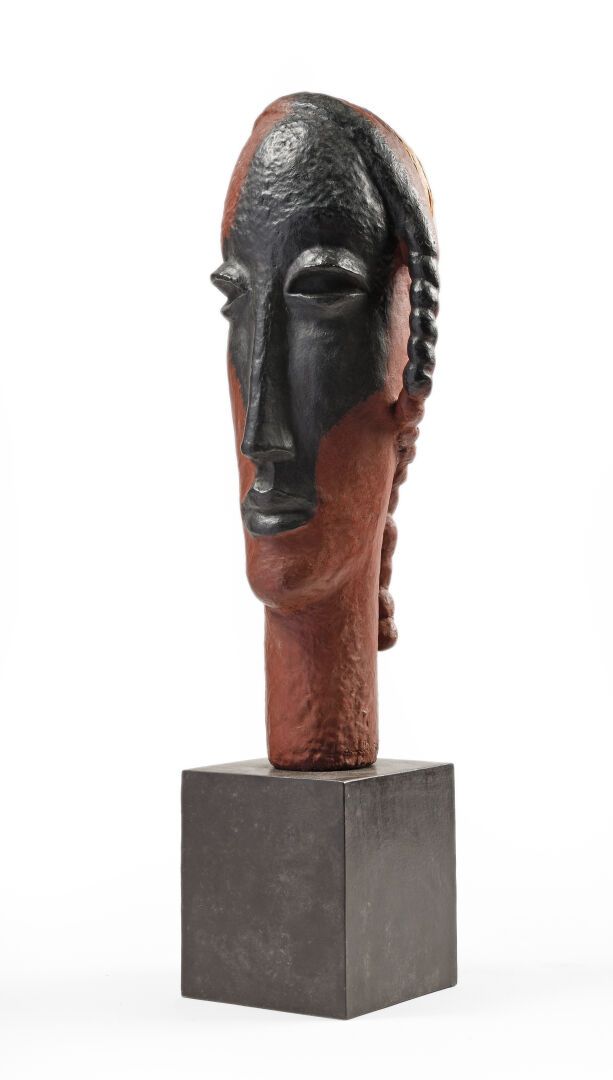Descrizione
Jean LAMBERT-RUCKI (1888-1967). Head with a braid. Sculpture in patinated and colored bronze imitating terracotta, signed, dated 2008, numbered 1/8, and bearing the foundry stamp La Plaine. Presented on a cubic bronze base. 58 x 18,5 x 17,5 cm. With its certificate of authenticity of Mara and Léano RUCKI dated March 4, 1993.
340
Jean LAMBERT-RUCKI (1888-1967). Head with a braid. Sculpture in patinated and colored bronze imitating terracotta, signed, dated 2008, numbered 1/8, and bearing the foundry stamp La Plaine. Presented on a cubic bronze base. 58 x 18,5 x 17,5 cm. With its certificate of authenticity of Mara and Léano RUCKI dated March 4, 1993.
Forse ti piacerebbe anche
